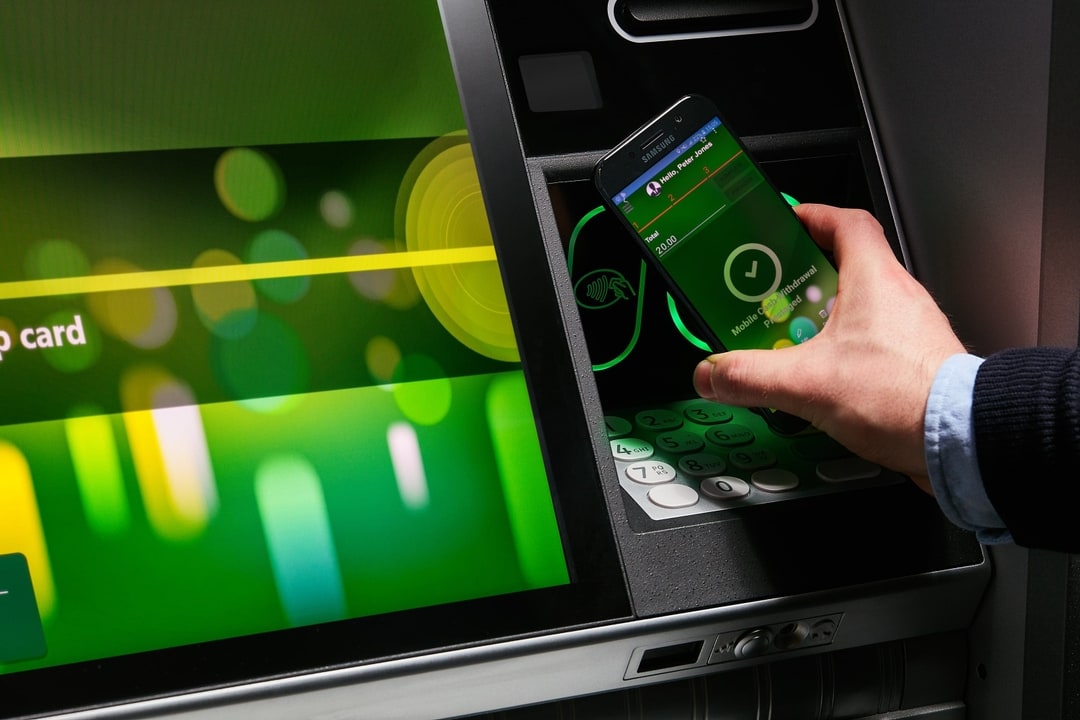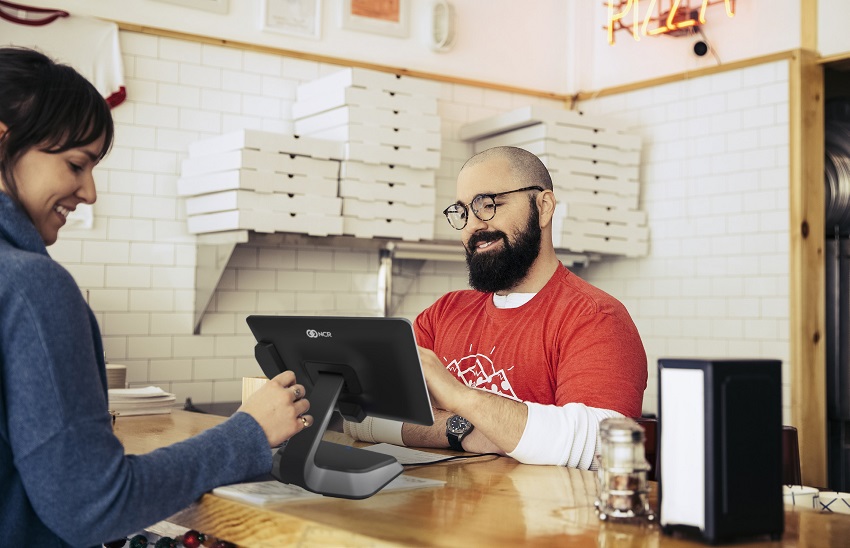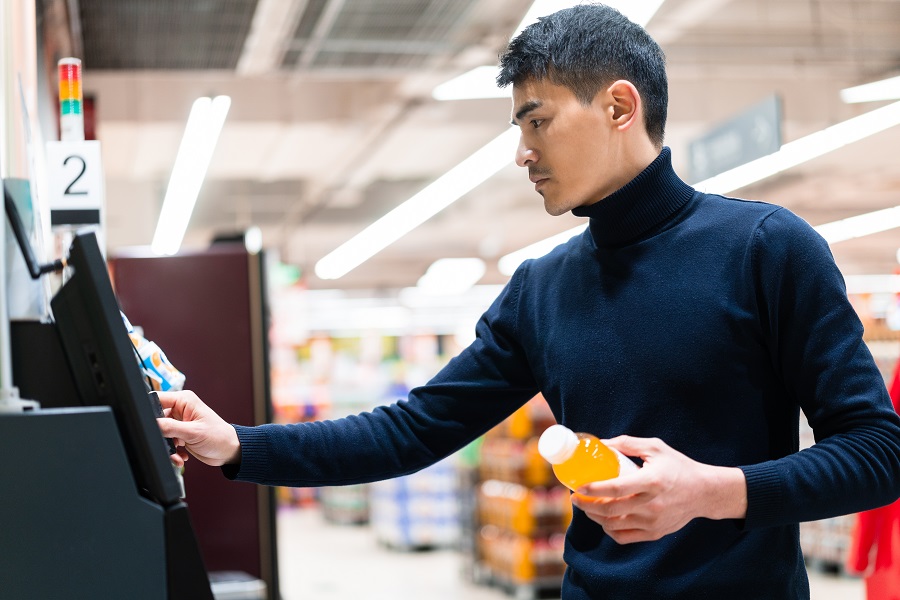Curbside pickup kept stores in business during lockdowns - Is it here to stay?
Published October 20, 2021
As the COVID-19 pandemic hit, many business owners faced empty stores and restaurants. To stay afloat, they had to explore new channels such as home delivery and buy online pick up in-store (BOPIS). With its low contact and high convenience, curbside pickup gained immense popularity among consumers, and early signs show that it might just be here to stay.
Small, independent restaurants like Fresco’s in Texas didn’t have to think beyond their dining room before COVID-19, as online ordering never felt like a necessity. This was also the case for Northgate Gonzalez Markets, a Hispanic supermarket chain in California. As a company that prided itself on offering great in-store experiences for its customers, the family-run establishment was not interested in establishing an online presence. When the pandemic hit, it quickly needed to pivot toward safer, online alternatives for its customers. Both Fresco’s and Northgate found significant success through curbside pickup.
Within weeks of launching, Northgate enjoyed 50 percent growth in repeat customers and an order fill rate of over 90 percent. Even as Fresco’s dining room reopened, many of its customers still opted for online ordering, which currently accounts for half of the restaurant’s business.
Apart from being COVID-19-friendly, curbside pickup is a fast and convenient way for customers to shop. Retailers and restaurants that have executed it correctly are watching it become an integral part of their multi-channel service.
Curbside pickup’s popularity throughout the pandemic and beyond
In the US, sales from BOPIS and curbside pickup have more than doubled since the start of the pandemic, with no signs of slowing down.
Shift in buyer behavior
As stores closed during the pandemic, customers shifted to online shopping for most of their daily needs. Home delivery services became difficult to manage due to the sheer volume of online orders. To avoid delays and reduce delivery costs, many retailers also started to offer BOPIS and curbside pickup as alternatives.
Curbside pickup takeup increased significantly in this period. According to a report by Incisiv, 85 percent of shoppers significantly increased the number of times they used it compared to pre-COVID-19. Medallia Zingle’s consumer survey report found that 73 percent of responders have used the service at least once a week since the start of the pandemic. Seven percent of them claimed to use it more than five times every week.
Seventy-three percent of respondents have used curbside pickup since the start of the pandemic. (Source: Medallia Zingle)
Early signs of curbside pickup’s longevity
As stores and restaurants have reopened their doors, curbside pickup remains a preferred option for many customers. When asked about the main reasons why they still opt for BOPIS or curbside pickup, 50 percent of customers cited convenience as a primary factor. Forty-seven percent of respondents chose it because they’d still like to avoid going into stores. Other popular reasons include saving time, not wanting to pay for shipping and being able to get the product on the same day.
The benefits seem to go beyond COVID-19 safety measures. It is steadily becoming a preferred method of shopping. Eighty percent of customers surveyed by Incisiv at the end of 2020 had already expressed the desire to increase usage in the subsequent six months.
Customer reasons for choosing BOPIS or curbside pickup. (Source: Digital Commerce 360)
Projections and predictions for the future
Financial predictions, consumer surveys and experts in the field all say that curbside pickup will outlast the pandemic and will become a fixed part of the everyday retail experience. According to eMarketer, $72.46 billion was spent on click-and-collect services in the US in 2020, and that total is expected to increase to $83.47 billion this year. This growth is projected to sustain double-digit increases in the next four years.
The IBM Institute for Business Value found that 19 percent of US consumers surveyed will keep using it after the pandemic is over. According to Lisa van Kesteren, CEO of SeeLevel HX, its main selling point is that it makes customers feel like they’re getting exactly what they want when they want it. She tells Forbes: “Customers don’t like to wait in line. The perception of curbside is that they are first in line because they don’t see anyone ahead of them.”
Big brands like Starbucks view curbside as a key ingredient for the future. Pat Grismer, the coffee chain’s CFO, hailed it as an enabler of its long-term recovery plan as more of its shops across the country continue to adopt it.
Meeting Buyer Expectations
Curbside pickup might have been popular during the pandemic, but its longevity depends on whether or not retailers and restaurants understand and tackle any pain points customers experienced using it since. Forty-five percent of consumers surveyed by Medallia Zingle described their experience of using it during lockdown as “a little rocky or poor.”
In its research, Incisiv found that, while BOPIS and curbside pickup will remain important going forward, customers will expect improvements in the service, particularly when it comes to:
- Greater product availability;
- Search and filter site functions that can show products available for BOPIS and curbside pickup;
- More availability of their preferred pickup time; and
- Less waiting time.
Keep curbside pickup as part of your multi-channel strategy
Dining rooms are reopening and stores are slowly returning to full capacity, but things have changed. By adding curbside pickup to a multi-channel strategy, retailers and restaurants can position themselves for stronger, long-term recovery.
Ask yourself if curbside pickup is the right fit
Before considering curbside pickup, it is important to analyze whether or not it is suited for your particular operation. Here are some questions to ask yourself:
- Do I have the resources for it? This includes human resources as well as inventory or stock to keep up with both online and onsite demands.
- Do I have the physical space for it? Curbside pickup operations take up space. You need to ensure you have enough parking spaces you can “sacrifice” for the operations, along with the space for adequate signage and instructions.
- Do I have the technological infrastructure for it? If you’re selling goods across different channels, you need to ensure that you have the systems in place to update your stock in real time. If a customer inside your store has just purchased the last packet of rice, the item should be instantly removed from your online inventory.
Communicate the service clearly
Your marketing strategy needs to reflect the cross-channel services you offer. Some customers won’t know you offer curbside pickup as a service, and others will need constant reminding. Clearly reflect this on your website and app and frequently highlight it through your various comms channels such as your mailing list and social media.
Level up Your curb
The area you allocate for curbside pickup needs to be designed in a way that keeps the customer experience in mind. When arriving in their cars, they need to know exactly where to go and what to do with as little effort possible. This should include clear signage indicating where the pickup area is. Find the best way to mark out the route in order to clearly indicate entry, parking and exit points.
Upon completing their order online, ask your customers where exactly they would like their goods delivered in their car, whether it’s the passenger seat, backseat or the trunk. With this information in hand, your staff can also inform your customers where and how to park their vehicles.
Integrate the process into your tech stack
Your front-end and back-end systems need to be up to date and configured to handle your curbside pickup transactions seamlessly, along with what’s going on inside your store and on other channels. This includes a synchronized inventory that can handle transactions across channels and payment terminals that work both in-store and at the curb.
Use contactless technology
Safety remains one of the highest pulling factors for customers when choosing to opt for curbside pickup. There are certain things you can integrate into your pickup service to improve contactless transactions and prioritize customer safety.
- Contactless payments: Offer customers the ability to either pay online before collecting their order or through contactless payment options where their bank card never needs to leave their hand. If your establishment favors contactless card payments over other methods, communicate this clearly before they leave home.
- Use smart lockers: You can further reduce human-to-human contact by installing smart parcel lockers at your curb. Customers are guided to an allocated locker, which they can open through a code and collect their items. This also frees up your staff to focus on the service they are offering to customers inside the store.
Allocate and train your staff
When designing your curbside pickup system, you will need to identify what human resources this service is going to require. Will you need to hire more team members, or can you make it work with current employees? Once you’ve hired or allocated your curbside team, be sure to give them any training they need to carry out the job properly. This means giving them a clear understanding of how the system works, how it is integrated with the other service channels you offer, the ideal customer journey, and their role from when the customer pulls up to the curb to the moment they drive off.
A solution for businesses of all sizes
Curbside pickup might seem like a big operation made for big businesses, but this doesn’t have to be the case. Small businesses like Fresco’s, which would have never considered it prior to the pandemic, are now reaping the benefits. With the right amount of preparation and planning, opening up your channels to make space for it can be a highly rewarding decision.
How to win Gen Z consumers
Discover how to connect with the world’s soon-to-be largest consumer group
Our whitepaper will teach you everything you need to know about marketing your brand to Gen Z



